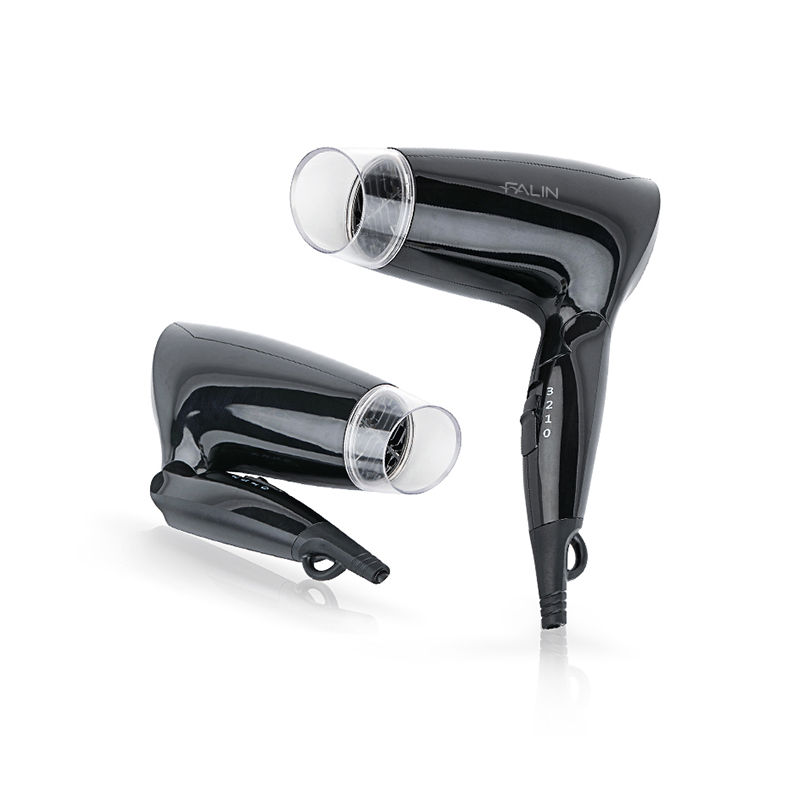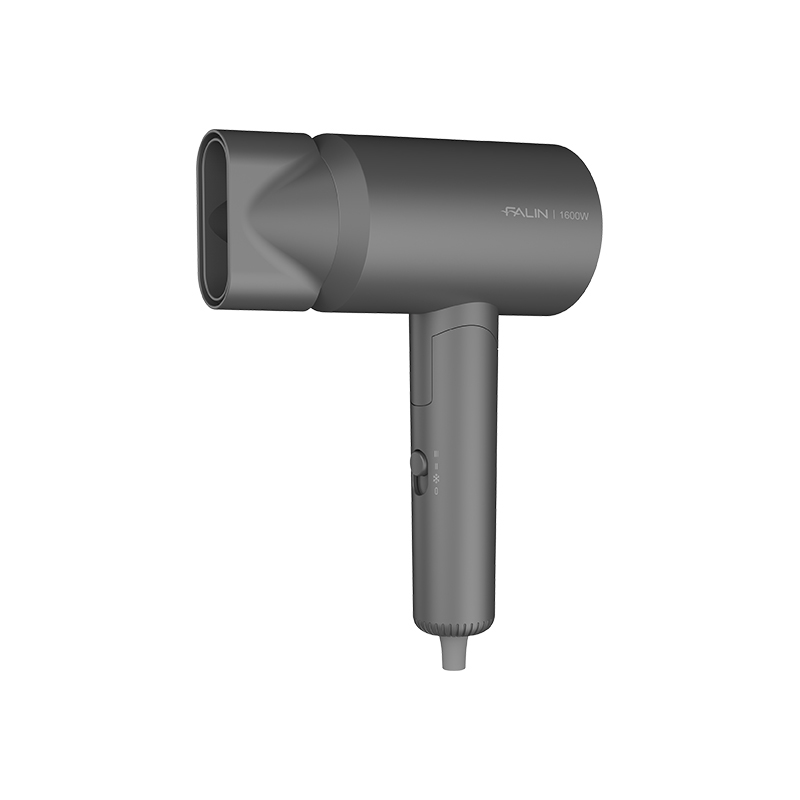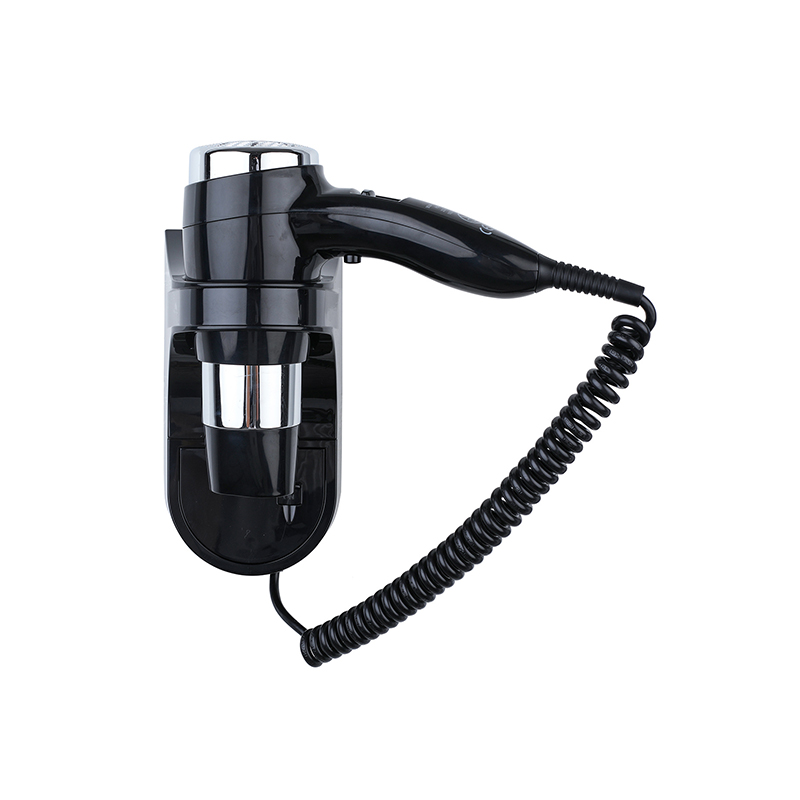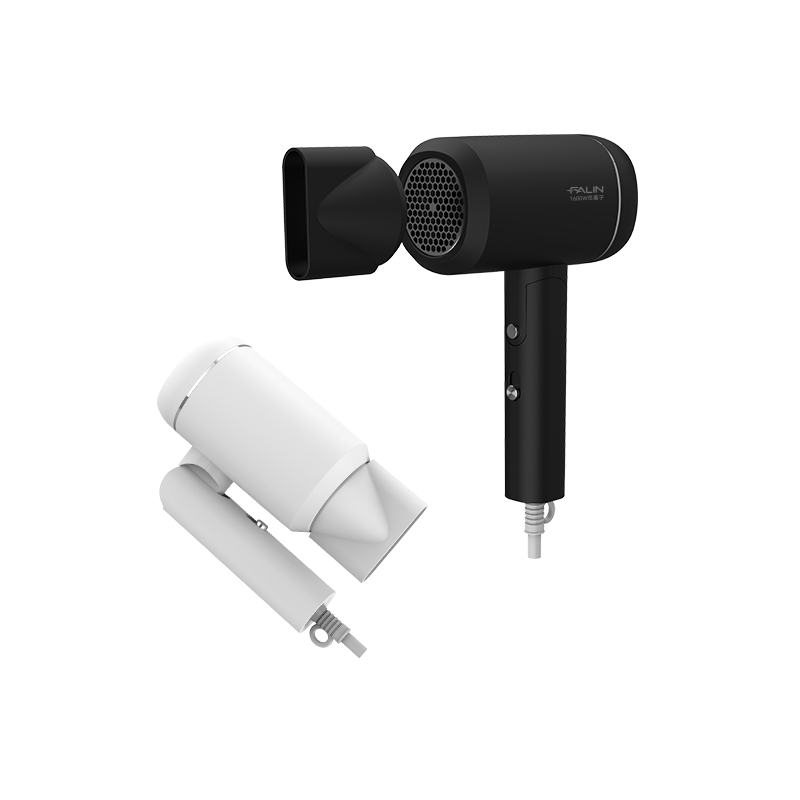
Hair dryers are everyday appliances found in homes, salons, and hotels worldwide. While they seem simple, their electrical components and heating elements require careful manufacturing to ensure safety. A High Speed Hair Dryer Factory must follow strict safety standards to prevent accidents and guarantee reliable performance.
Electrical Safety Compliance
Electrical safety is a primary concern in hair dryer production. Factories must ensure that each device meets national and international regulations for electrical appliances. This includes proper insulation, safe voltage handling, and protection against short circuits or overheating.
A High Speed Hair Dryer Factory often tests each unit for electrical leakage and grounding. These tests confirm that the hair dryer is safe to use, even with extended operation. Meeting electrical safety standards reduces the risk of shocks and fire hazards, which is crucial for devices used near water, such as in bathrooms.
Thermal and Overheating Protection
Hair dryers generate heat rapidly, so controlling temperature is essential. Manufacturers incorporate safety mechanisms such as thermal cutoffs, automatic shut-off features, and heat-resistant materials. These precautions prevent the device from reaching unsafe temperatures that could damage hair or pose a burn risk.
A High Speed Hair Dryer Factory typically tests the appliance under continuous use to ensure that it maintains a safe operating temperature. By following strict thermal safety standards, factories help protect both the user and the appliance itself from potential hazards.
Material Standards and Durability
The materials used in hair dryers play a significant role in safety. Factories select fire-retardant plastics, durable wiring, and heat-resistant components to meet safety guidelines. Components must withstand repeated heating and cooling cycles without degrading or releasing harmful substances.
By adhering to these material standards, a High Speed Hair Dryer Factory ensures that the hair dryer remains safe throughout its expected lifespan. This reduces the likelihood of malfunctions and supports overall reliability, which is essential for consumer trust.
Certifications and Testing
Hair dryer factories often follow recognized certification standards, such as CE (Europe), UL (United States), or CCC (China). These certifications involve rigorous testing for electrical safety, thermal performance, and mechanical durability.
A High Speed Hair Dryer Factory may also conduct additional internal tests, including vibration resistance, drop tests, and cord pull tests. These evaluations simulate real-world use and confirm that the product can handle daily wear and tear. Certifications and thorough testing demonstrate that the factory meets industry safety benchmarks and regulatory requirements.
Environmental and Regulatory Compliance
Modern factories also consider environmental safety and regulatory standards. Hair dryers must comply with regulations concerning materials, energy consumption, and emission levels. Factories may use eco-friendly components, reduce energy usage, or limit hazardous substances in manufacturing processes.
Ensuring compliance with these environmental standards is part of a High Speed Hair Dryer Factory's responsibility. This approach protects consumers, supports sustainable production, and aligns with global regulations for electronic appliances.
A High Speed Hair Dryer Factory must follow multiple safety standards to produce reliable and safe hair dryers. From electrical and thermal safety to material quality, certification, and environmental compliance, each step ensures the appliance functions correctly without posing risks.
By adhering to these standards, hair dryer manufacturers provide users with devices that are both efficient and secure. Understanding these measures can help consumers make informed decisions and appreciate the careful processes behind every hair dryer.


 English
English 中文简体
中文简体





 Building 19, Block 9, Bihu Wangyang Town, Liandu District, Lishui City, Zhejiang Province, China
Building 19, Block 9, Bihu Wangyang Town, Liandu District, Lishui City, Zhejiang Province, China 